How severe is your venous disorder?
These days, venous disorders are not a rare occurrence. A substantial percentage of the Indian population suffers from one or the other type of chronic venous illness. Although the symptoms of these disorders are seen mostly in the thighs, lower legs, and feet, they are unique in every individual. Someone may be suffering from spider veins while another may be showing combined symptoms of chronic leg ulcer and varicose veins.
Given this complex nature of identifying venous disorders, how do you distinguish your problem from the rest? In order to combat this wave of confusion and address venous disorders in the best possible manner, a group of experts created a standardized classification system known as CEAP classification.
The acronym CEAP stands for:
- Clinical (C) : observing what the patient’s veins look like
- Etiology (E) : identifying whether the condition is inherited or not
- Anatomy (A) : figuring out which veins are actually affected
- Pathophysiology (P) : checking the direction of blood flow (whether it is normal or abnormal) and looking for a possible blockage in blood vessels
In simple words, the model describes what the doctor sees as visible symptoms (C), the reason/s behind the problem (E), the location in the leg where the problem has occurred (A), and the mechanism responsible for the progressive nature of the condition (P). Linking these four components by recognizing which category you belong to paves the way for getting the best treatment for your problem.
The mainly used section of the CEAP classification isthe clinical(C), which has seven sub-components in it, namely:
C0 : this is the lowest degree in severity, meaning there are no signs of venous diseases when looking at the leg
C1 : the person may either be suffering from spider veins or reticular veins when looking at the leg

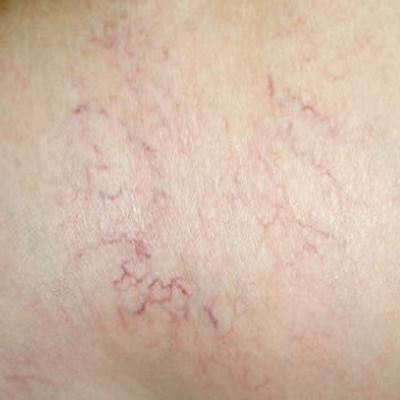
C2 : signs of varicose veins are detected when looking at the leg
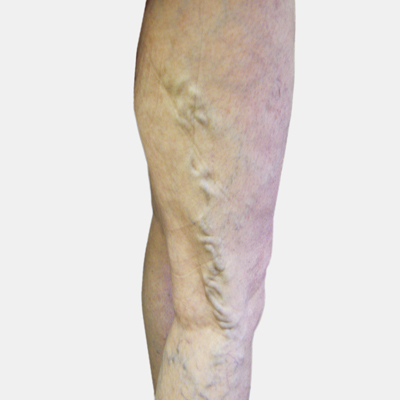
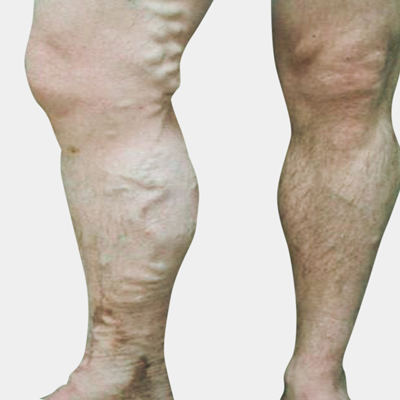
C3 : swelling of the ankle, popularly known as edema, is observed. Observing the condition from the back rather than from the front gives a better diagnosis
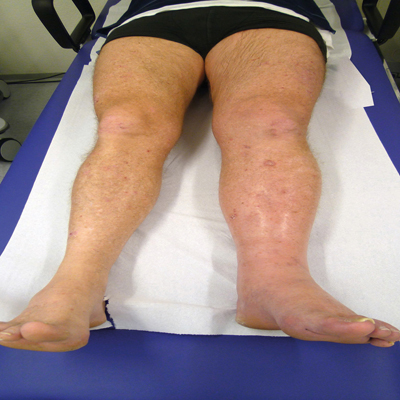
C4a : skin pigmentation (discoloration of the skin) or eczema (redness and itching) is noted
.jpg)
.jpg)
C4b : hardening of the soft tissues (lipodermatosclerosis) or a whitish patch on the skin (atrophie blanche) is observed
.jpg)
.jpg)
C5 : traces of a healed venous ulcer are present when looking at the leg
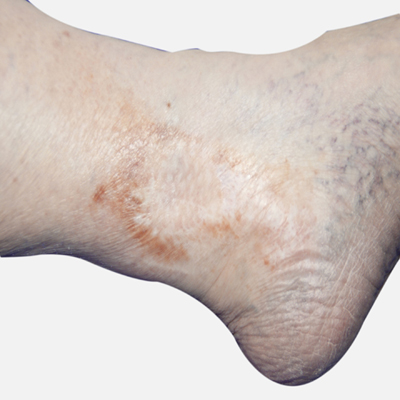
C6 : this is the highest degree in severity, and an active open venous ulcer is visible on the skin
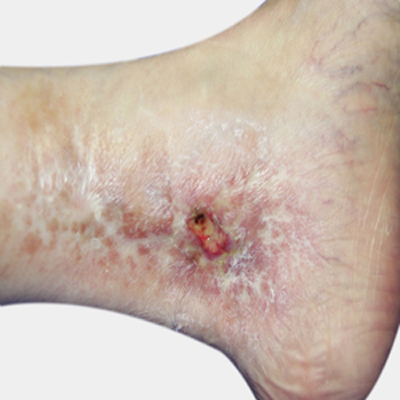
Do any of your visible symptoms match with those in the photographs? Which category of C do you fall into? Putting these things in place helps you to manage your condition most efficiently and to keep the veins in their best health.Click here to do our Quick Leg Check.




